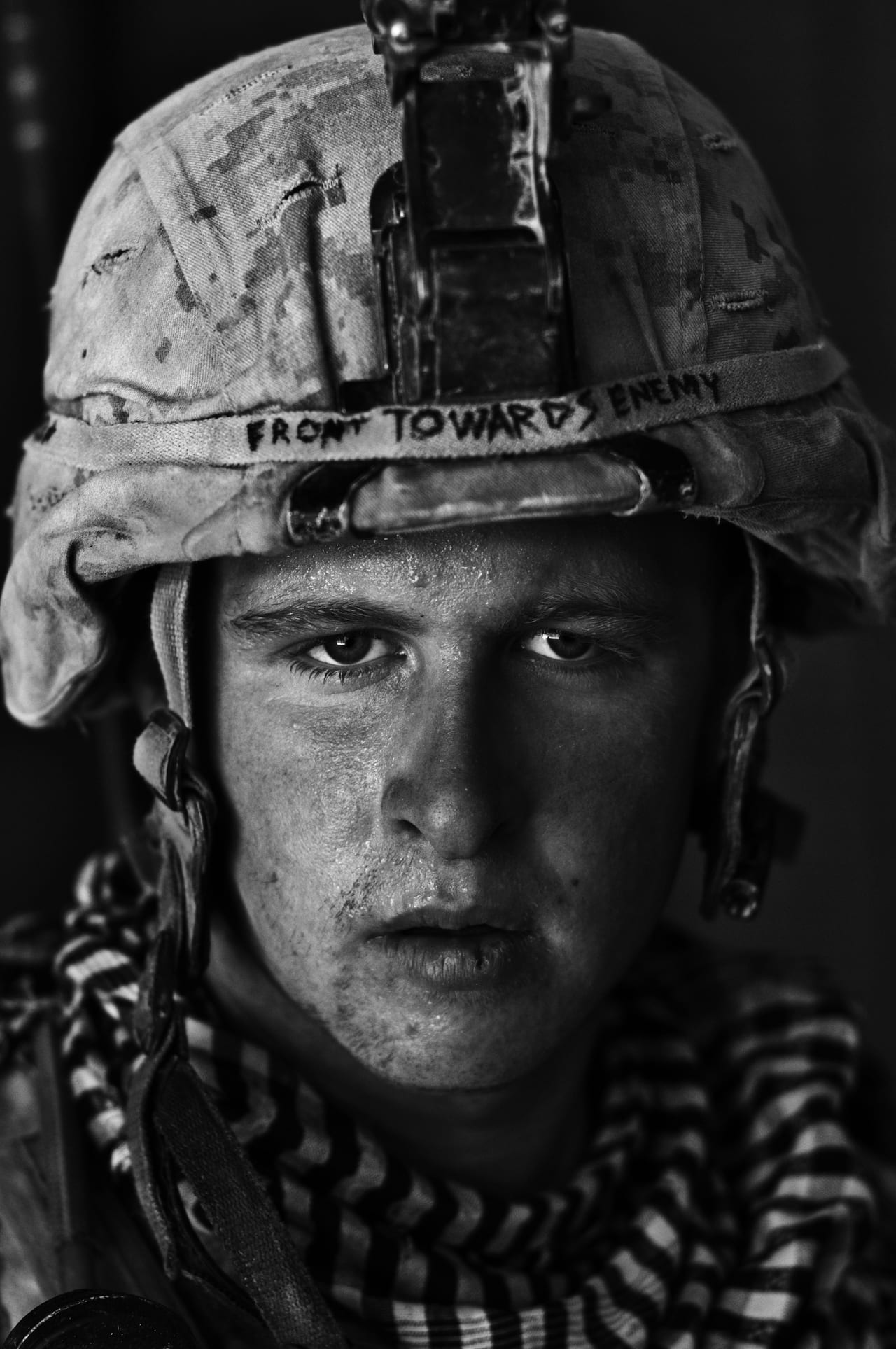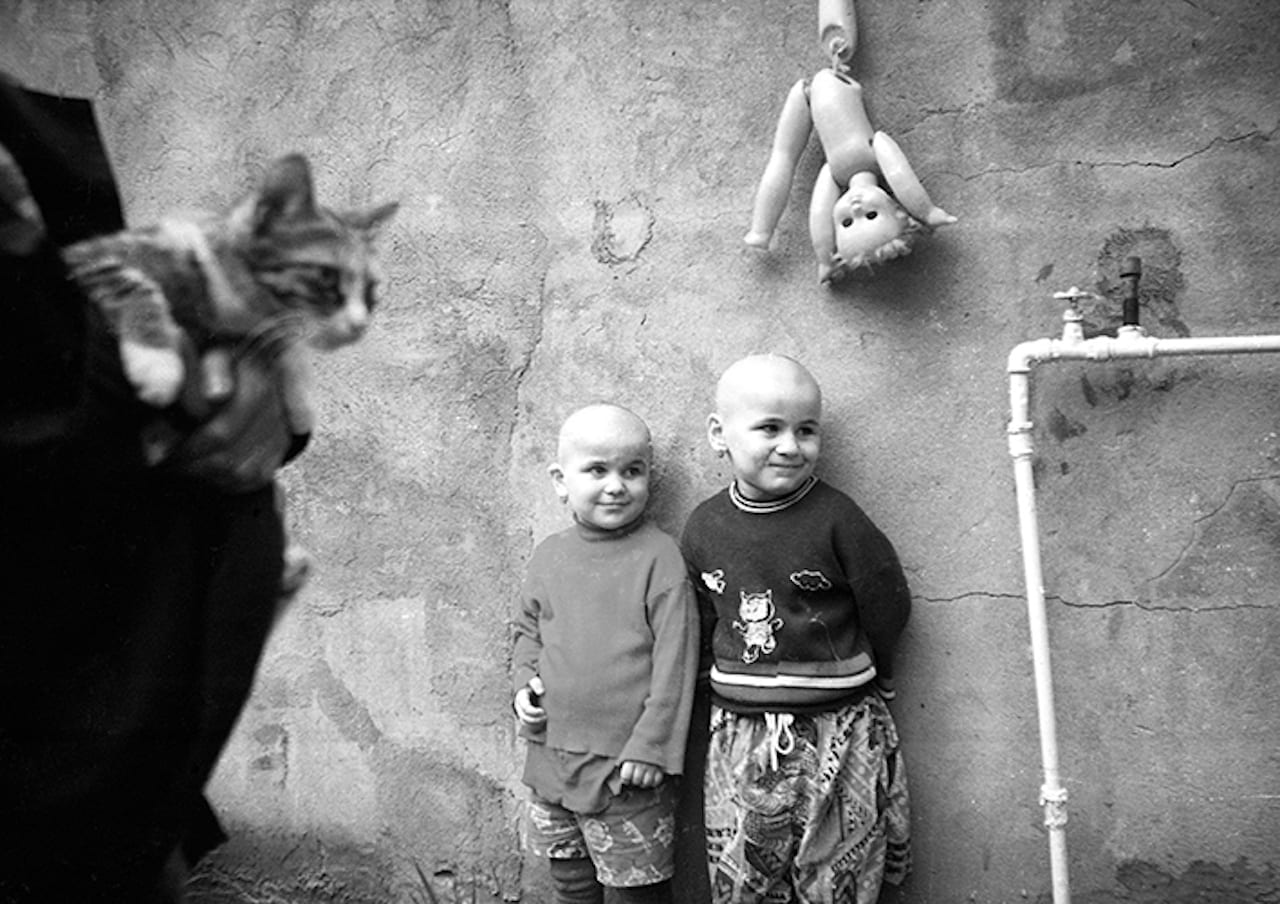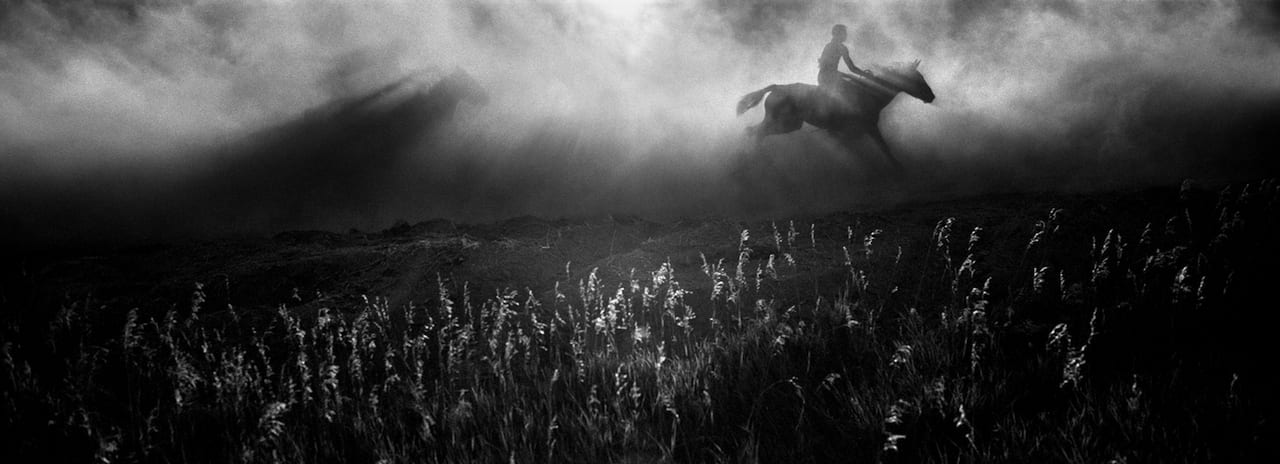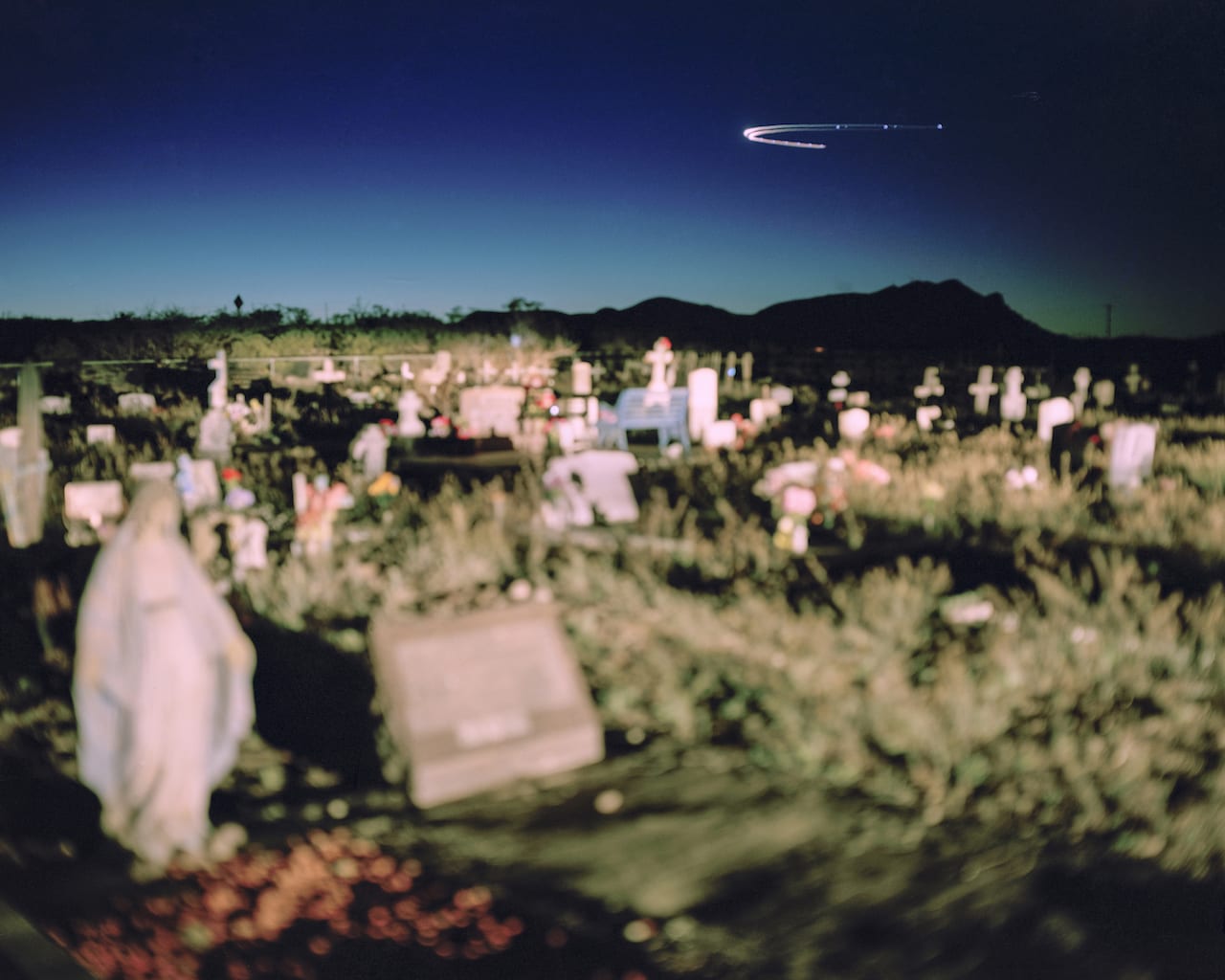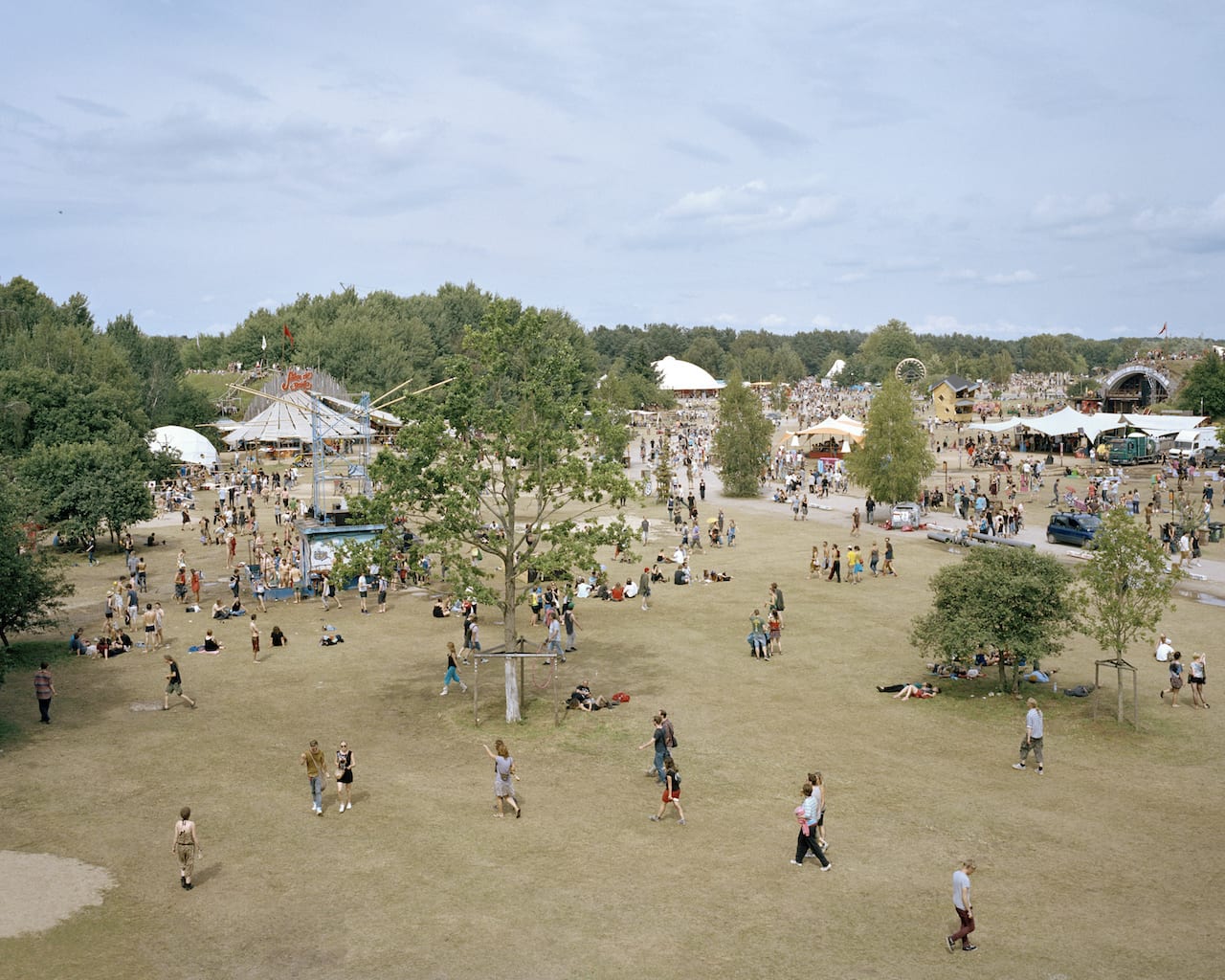“The end of war does not mean peace,” says Sara Terry, founder of The Aftermath Project. “Every story of war includes a chapter that almost always goes untold – the story of the aftermath, which day by day becomes the prologue of the future.”
It was in September 2000 that Terry decided to go to Bosnia. Six weeks earlier she had come across a story reporting on so-called ‘Bosnia fatigue’, the factor that meant that, five years after the end of the Bosnian War, the reporters were long gone and the international aid agencies were shipping out. Frustrated by the idea that people could forget what had happened, Terry felt compelled “to capture the images that are the all-too-often forgotten companions of the vivid pictures of war itself.”
Terry had started out as a print reporter but went on to produce formative photographic work in Bosnia, which she published as Aftermath: Bosnia’s Long Road to Peace. The experience also led her to set up The Aftermath Project in 2003, with the aim of telling post-conflict stories from around the world and throughout time.
The project officially launched in 2007 and has published a book every year since, showcasing the work of its contributors and grant winners. To mark its 10th year it’s published a book by Dewi Lewis, War is Only Half the Story, words that Terry first penned in the foreword of her Bosnian project, and which now serve as The Aftermath Project mission statement. The book includes the work of 53 photographers who’ve been involved, including Jim Goldberg, Nina Berman, Jessica Hines, Stanley Greene, and Donald Weber.
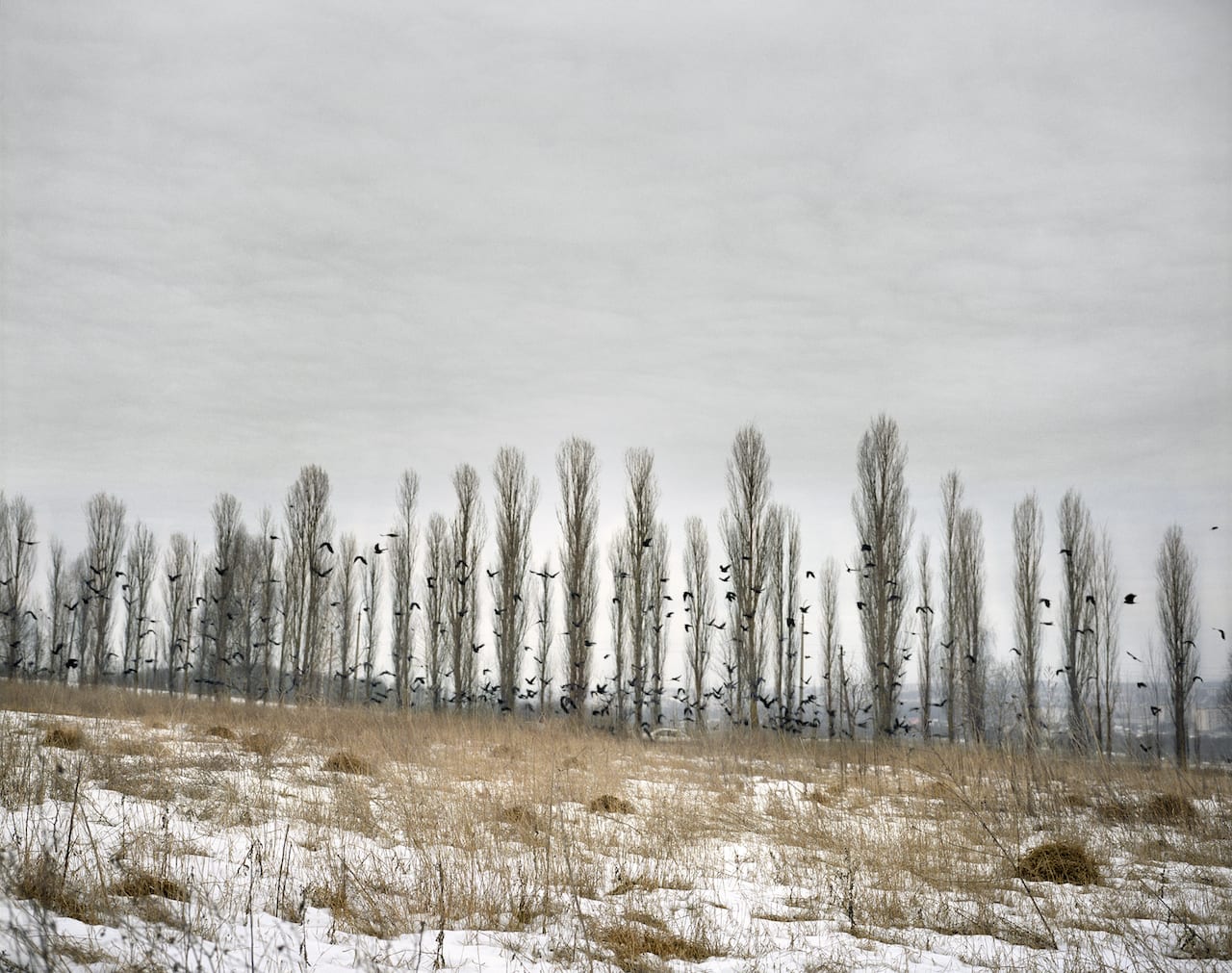
Anchoring each chapter around the post-conflict poetry of Nobel Laureate Wisława Szymborska, the book melds words and images to depict the times when most reporters have gone. Terry chose not to organise the book chronologically and instead used the poetry to link the stories, which range from Kathryn Cook’s explorations of the memory of the early 20th century Armenian massacres to Stanley Greene’s work in Chechnya after the 1994-1996 war.
Far from traditional war photography, the images reveal the quiet traces such as the flight of crows over a deserted field, a woman resting on the ground in rural Georgia, and the sombre silence of ruins. Unlike war, explains Terry, aftermath is quiet and subtle. I ask her what responsibilities a post-conflict photographer might have, and she says they need to be able “to look beyond the obvious”. The images require patience, and the ability to read metaphor, she adds, pointing to Jessica Hine’s conceptual project My Brother’s War by way of example.
There are no easy answers though, and Terry says she’s always excited to see how photographers articulate this kind of story. But she adds that, when she’s selecting proposals for grants, she always considers the strength of the writing as well as the images. “When it comes down to the last 20-30 entries, the textual element must be as strong as the photos,” she says. “This includes everything from the title to the writing itself.”
“Poetry and photography share a lot in common,” she adds. “They both address what cannot be seen, and they both communicate in fragments. A photograph is not a film, and a poem is not a novel.”
More information about The Aftermath Project can be found on the website theaftermathproject.org. War is Only Half the Story is published by Dewi Lewis, priced £30 www.dewilewis.com/products/war-is-only-half-the-story
